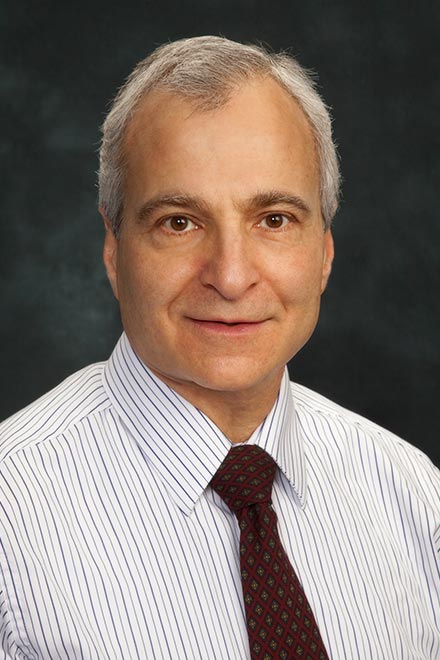Project title: A phenotypically valid model for SDHB-mutated paraganglioma
Arthur S. Tischler, MD Tufts Medical Center

- Status: Completed
- Year(s): 2019
- Grant Type: Investigator
- Research Type: Translational
- Primary Tumor Site: Para/Pheo
- Area of Inquiry: Models
Description
This study of laboratory models aims to advance the treatment of patients who inherit a risk factor for an aggressive type of pheochromocytomas and paragangliomas from their parents called SDHB, which commonly spreads to the liver, bone, or other distant locations.
What question will the researchers try to answer?
Which drugs or drug combinations are most effective in killing tumor cells in pheochromocytoma or paraganglioma tumors that contain an abnormal SDHB gene?
Why is this important?
The development of effective treatments has been hampered by a lack of appropriate laboratory models needed to test drugs. This study uses a novel disease model to test new therapies.
What will researchers do?
Tischler’s laboratory will use a laboratory model called RS0, which closely resembles the genetic and metabolic characteristics of human tumors to test the effectiveness of drugs. Researchers will use RS0 cell cultures and mouse tumors derived from injected RS0 cells to determine whether the drugs tested can kill the tumor cells as intended.
How might this improve the treatment of NETs?
There are no effective treatments for metastatic disease. This study may identify promising drugs that can reduce tumor growth. Conversely, by revealing drugs that do not work as anticipated, findings may help researchers formulate alternate approaches.
What is the next step?
Tischler’s findings and the valuable laboratory models he will refine in this study pave the way for additional preclinical research and drug screening to find new, more effective treatments for pheochromocytoma and paraganglioma.
Outcomes:
This project aimed to advance treatments for patients with rare neuroendocrine tumors called pheochromocytomas and paragangliomas. These tumors often run in families and result from an abnormal gene in the mother’s or father’s DNA. The tumors caused by abnormalities in a gene called SDHB (succinate dehydrogenase B) are the most aggressive and the most likely to spread to liver, bone or other locations distant from where they originate. There are few current treatments and no cures for these tumors after they have spread. In order to help develop new treatments, my laboratory recently established a tumor model called RS0 (for rat Sdhb null) that closely resembles the genetic, metabolic and other characteristics of its human counterpart. In this project, we compared the model to normal, healthy cells to discover specific inherent weaknesses in the tumor cells. We then tested the effectiveness of both new and pre-existing (“repurposed”) drugs to target these vulnerabilities and to kill tumor cells. Specific targeting allows for treatment strategies that ultimately reduce the side effects associated with cancer treatment.
During the two years of this project supported by NETRF, we found that the RS0 cell line has several weaknesses that can be targeted, including requirements for certain nutrients and sensitivity to high concentrations of oxygen. We performed studies that included testing preexisting drugs not designed as cancer drugs, novel compounds, and withholding of certain nutrients. An important finding was that the cells respond to many of the treatments by entering into a state of dormancy allowing the tumor to survive and recover after the treatment has been ended. Understanding how the cells were adapting to these individual compounds, we were then able to test our plan to target multiple weaknesses simultaneously in order to kill the tumor cells rather than temporarily slow their growth. A particular advantage of the drug combinations may be the ability to effectively use lower concentrations of the individual drugs in order to reduce potential side effects that could occur if these agents were used to treat patients. This work has begun to show promise.
In summary, this project has opened the door to further pre-clinical testing of several promising new treatments, improved our understanding of how the cells react to them, and suggested new strategies to combat this adaptive behavior. We have shown that the RS0 model is a promising tool that is freely accessible to other laboratories around the globe to help with development of new drugs and provide a window into studying tumor cell biology.
Additional Details
- City: Boston
- State: MA
- Country: USA
- Grant Duration: 2
DISCLAIMER
NETRF funds laboratory research to understand the development of neuroendocrine tumors and translational research to explore new concepts in treatment. Research grant descriptions and research updates from NETRF are not intended to serve as medical advice. It can take years for research discoveries to be fully validated and approved for patient care. Always consult your health care providers about your treatment options.
